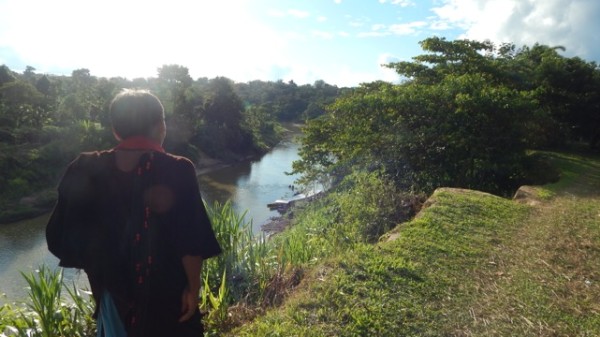Matheus Teixeira Pires do Couto
Indigenous lands in the Brazilian Amazon Forest play an important role in reducing deforestation rates and providing ecosystem services such as carbon sequestration and habitat for biodiversity. The State of Acre developed legislation (SISA) to grant indigenous populations payments for ecosystem services targeted to maintaining forest conservation in their territories.
My research was carried in the 87 thousand hectare Ashaninka territory, where the people are aiming to access the State mechanism for payments for ecosystem services. As with most indigenous groups in the Amazon, the Ashaninka traditionally practice swidden agriculture for staple food production. However, the management of secondary forests that regenerate after agriculture is not well documented and might have influence in forest structure and composition.
My proposed research intends to assess changes in forest structure and composition over time in abandoned agricultural sites, as well as estimating the aboveground carbon stocks over time in secondary forests. I took a chronosequence approach to assess carbon storage through time. Forest stands will be grouped into age classes of 5, 15, 40 years and old-growth. The carbon stocks will be estimated by allometric biomass equations, which will be adjusted by wood density to account for differences among species and succession.

